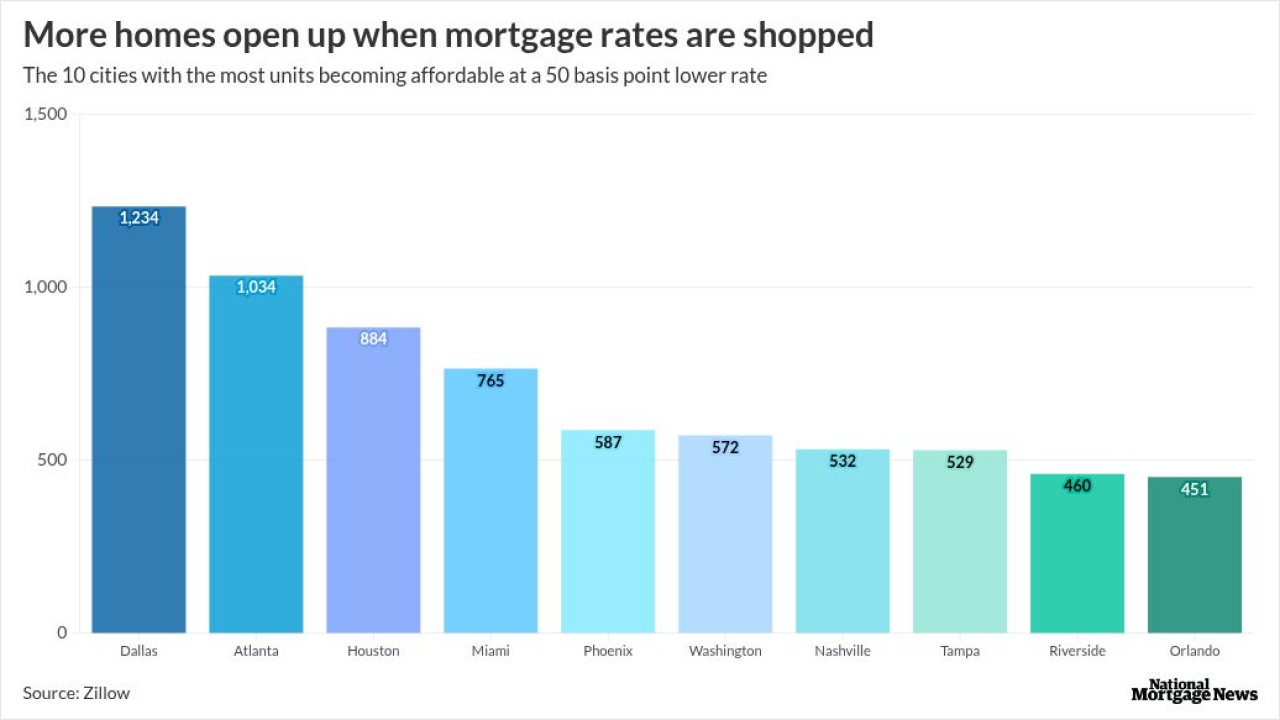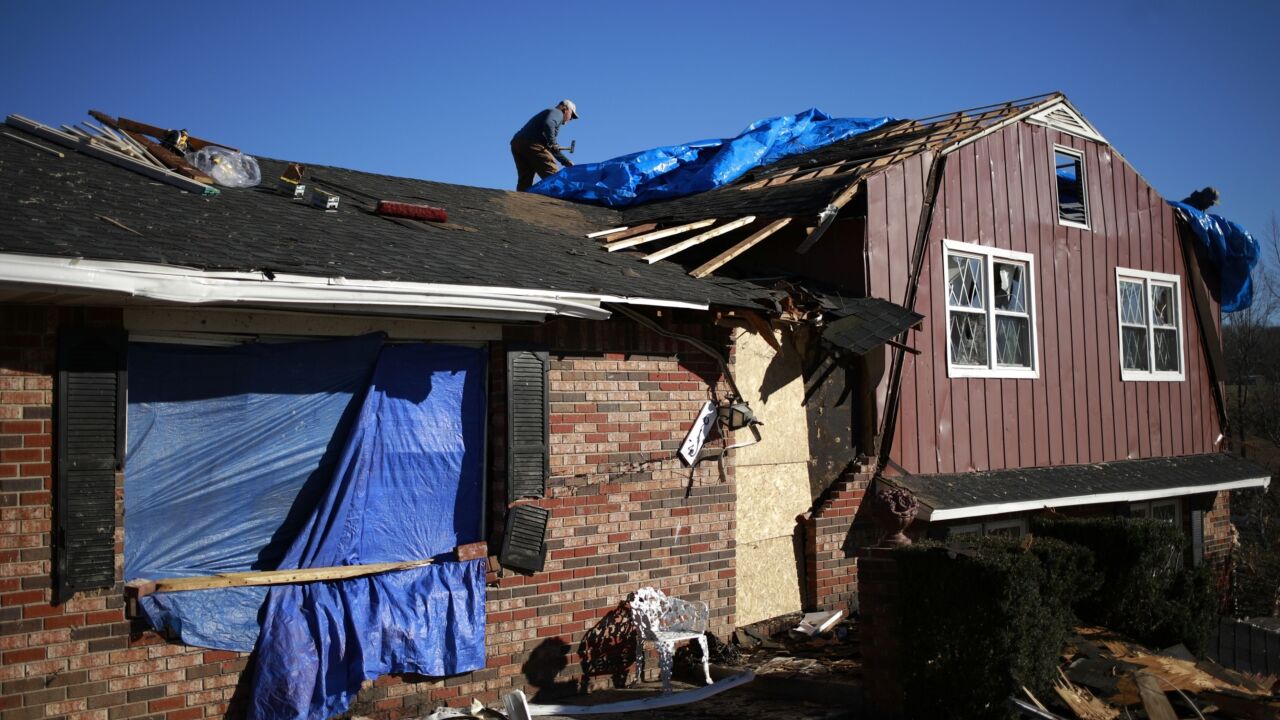The financial crisis that spurred the Great Recession hit nearly a decade ago. But to date, nothing has been done to meaningfully reform some of the main drivers of the crisis. That may change next year, as key members in both the House and Senate
The status quo is not an option. Since entering conservatorship in 2008, Fannie and Freddie have become de facto agencies of the federal government used to implement policies for mortgage relief and other objectives. (Indeed, the Congressional Budget Office has consolidated the financial activities of the GSEs into the federal budget.) Through this process, however, they have retained an enormous share of the housing finance market. Along with the Federal Housing Administration, the federal government now backs the origination of
This state of affairs is a ticking time bomb for the U.S. taxpayer. Fannie and Freddie are the epitome of systemically important financial institutions, and
It is true that Federal Housing Finance Authority touts the transfer of $49 billion of credit risk to private investors. But that represents only 1.2% of the GSEs’ overall portfolios. Even more disappointing, the credit risk that is actually transferred is the least risky in the GSEs’ portfolio of credit risks.
FHFA Director Mel Watt explained that the agency experimented with selling the first 100 basis points of credit risk to investors and learned that selling the first 50 bps was expensive and difficult. As a result, the GSEs end up retaining the first 50 bps of expected losses in most transactions. In other words, private investors hold the safest investments in the GSEs, while taxpayers continue to hold the bulk of the risk in the GSEs’ portfolios — a recipe for another disaster.
Moreover, keeping the GSEs on the books raises the stakes for promoting best practices within FHFA. Just two years ago — seven years into the GSEs’ conservatorship —
Yet turning back the clock is even more dangerous. One of the most seductive claims is that one could simply rebuild the capital base of the GSEs and safely release them from conservatorship. That is simply a
Ultimately, the future role of the federal government in housing finance does not require Fannie or Freddie. The recent
It may be optimistic to believe that 2018 will be the year that the status of the GSEs is addressed, despite that the GSEs’ capital reserves will, as statutorily required, fall to $0 by the beginning of 2018, thereby increasing the risk of another taxpayer funded bailout. However, if reform does take place, the least important priority should be preserving the current functioning of Fannie Mae and Freddie Mac. While the names may survive, their business model and history of contributing to housing finance crises should not.





